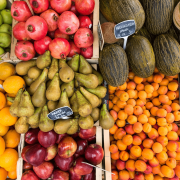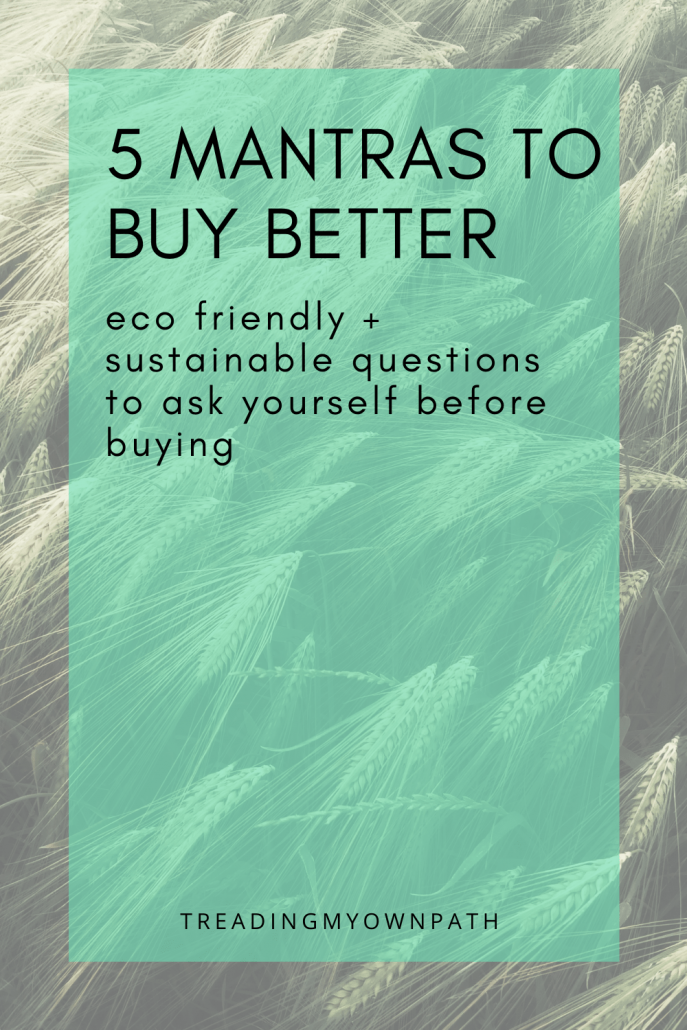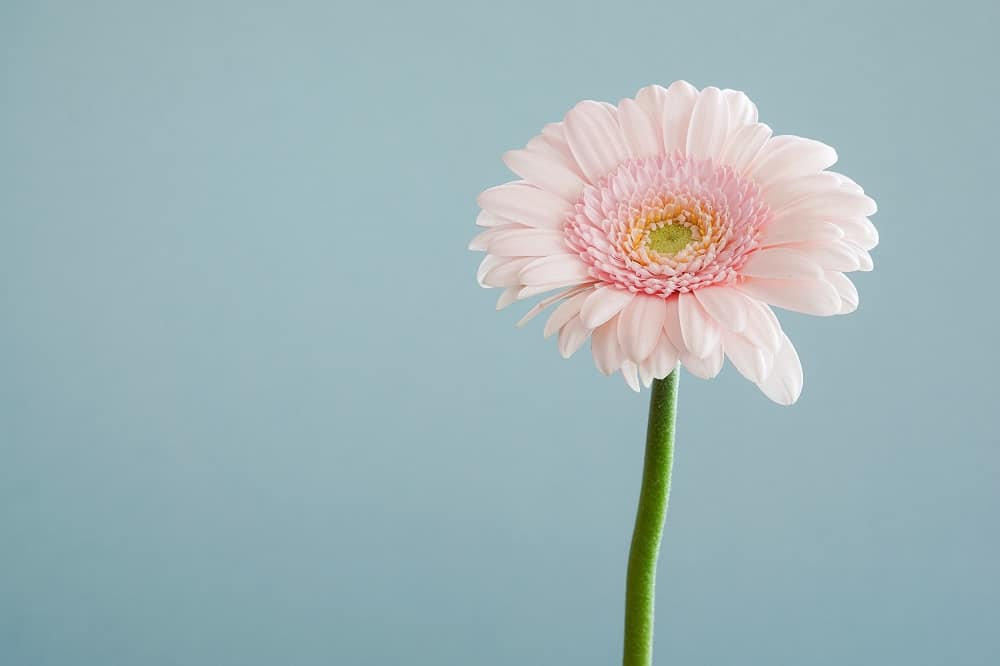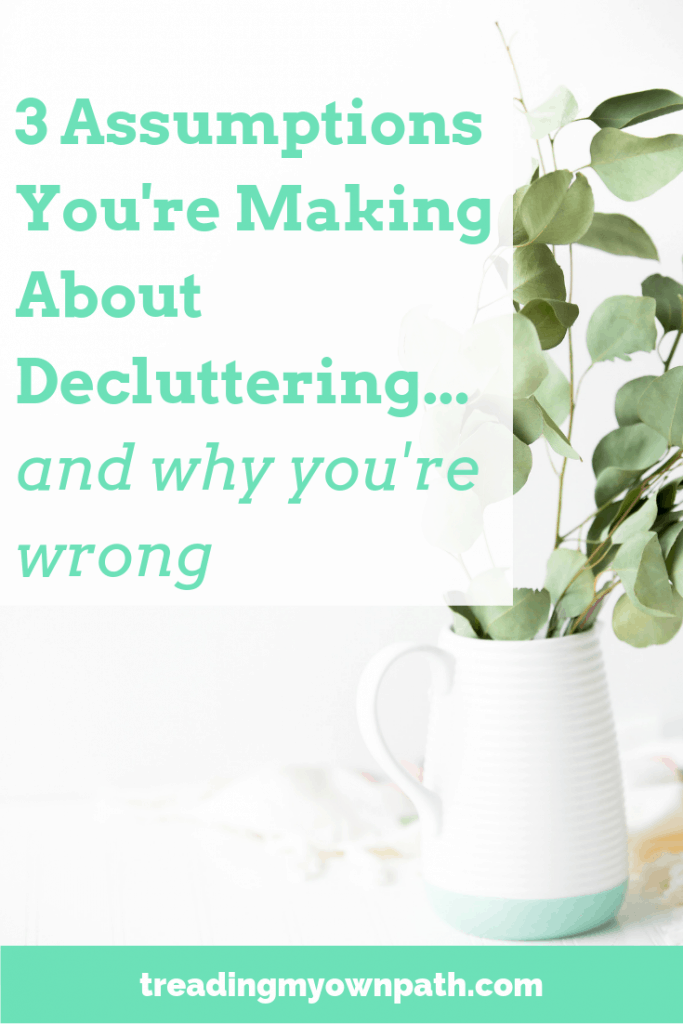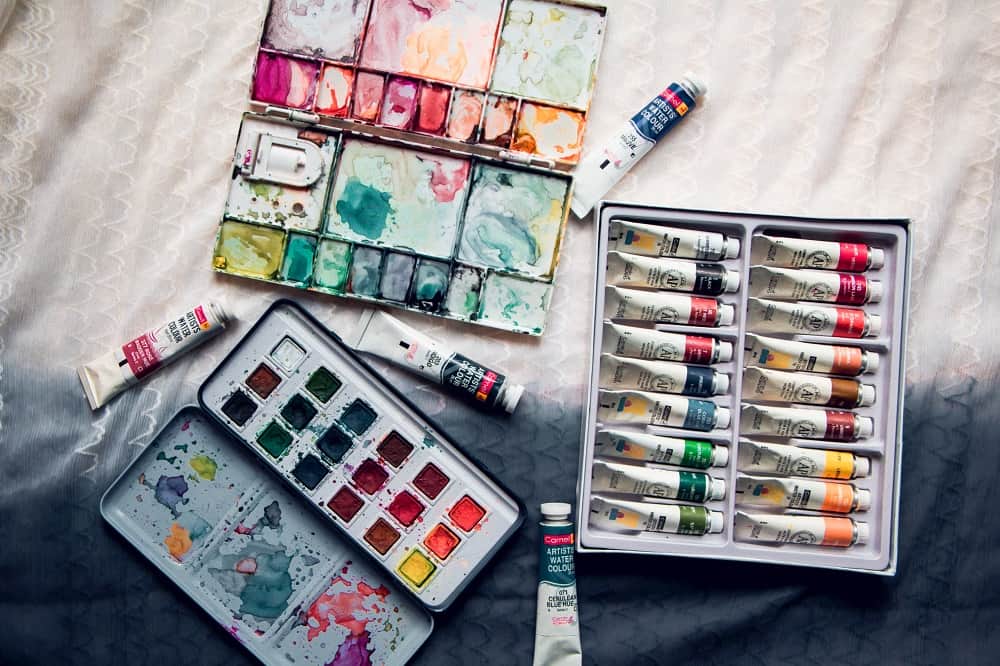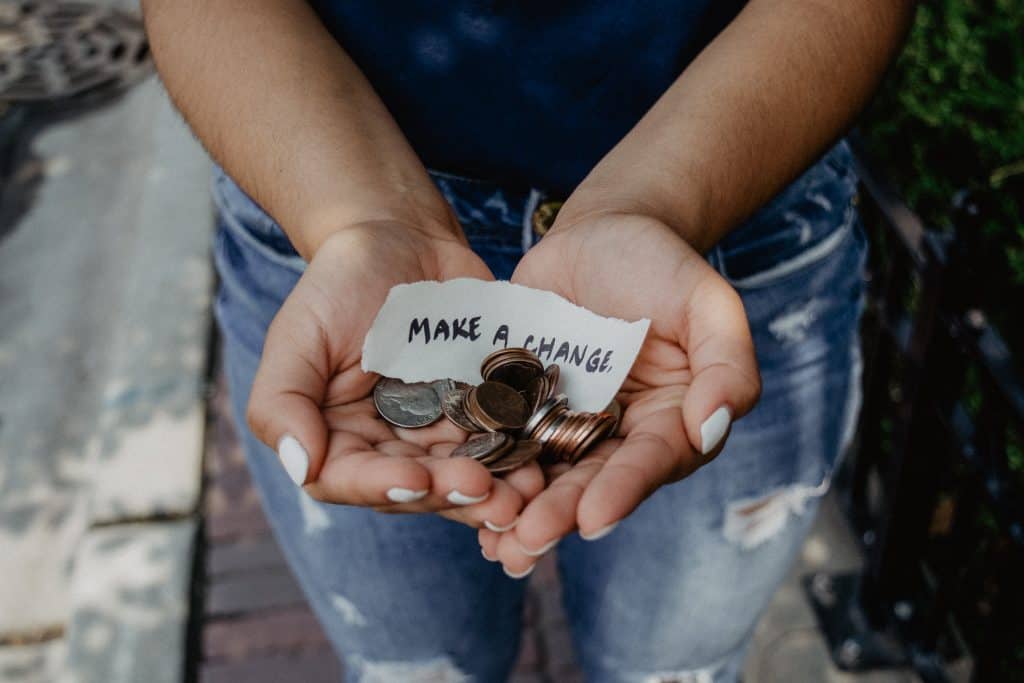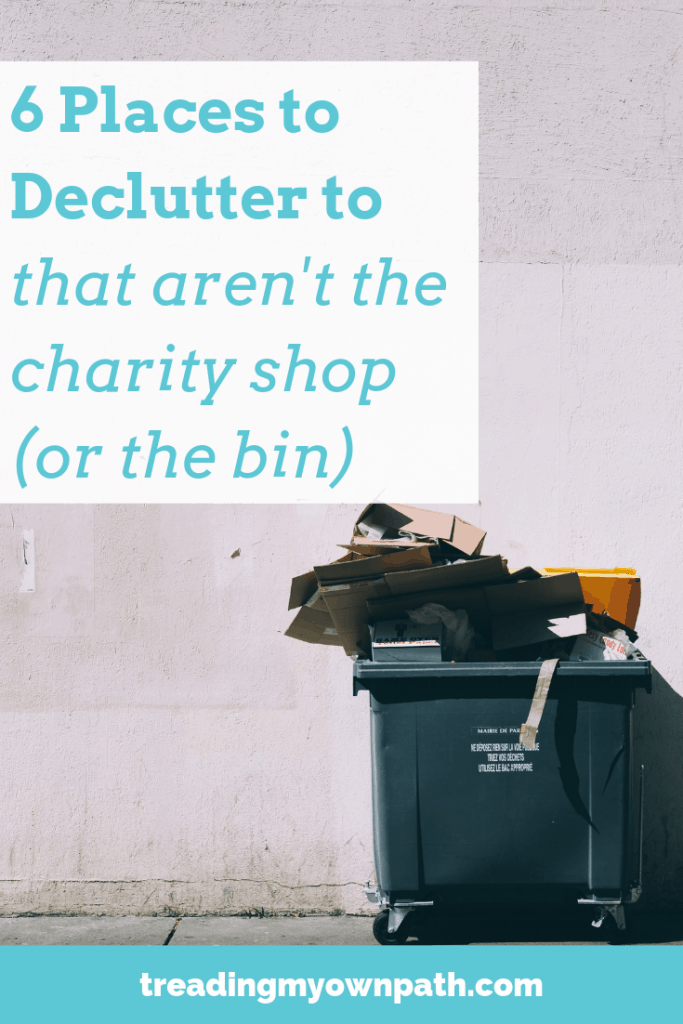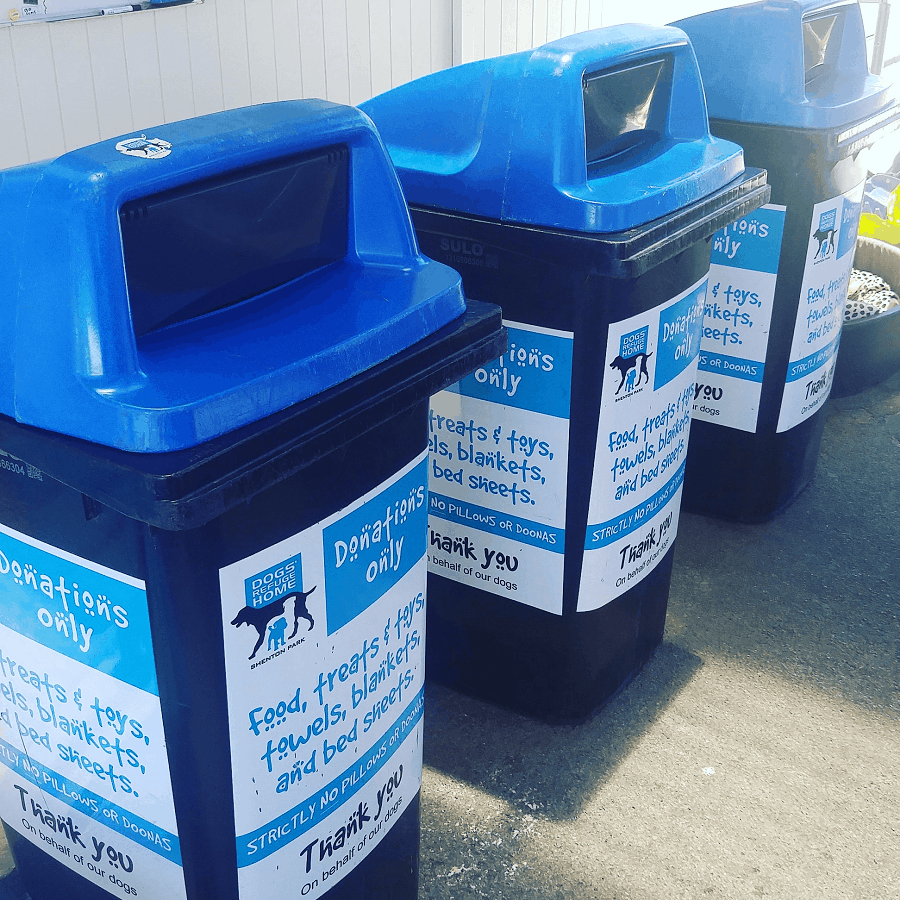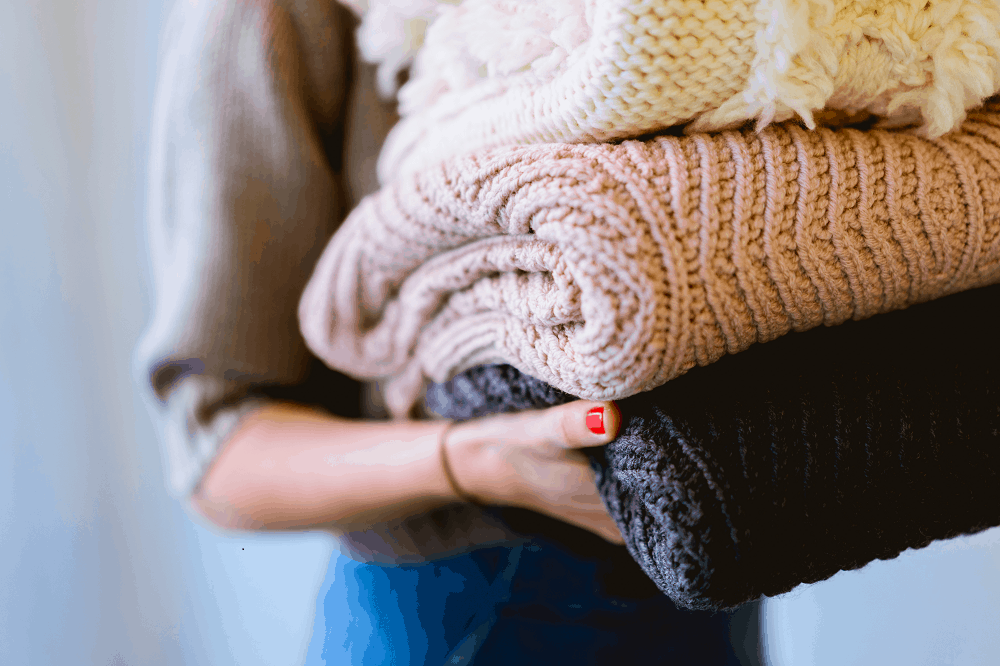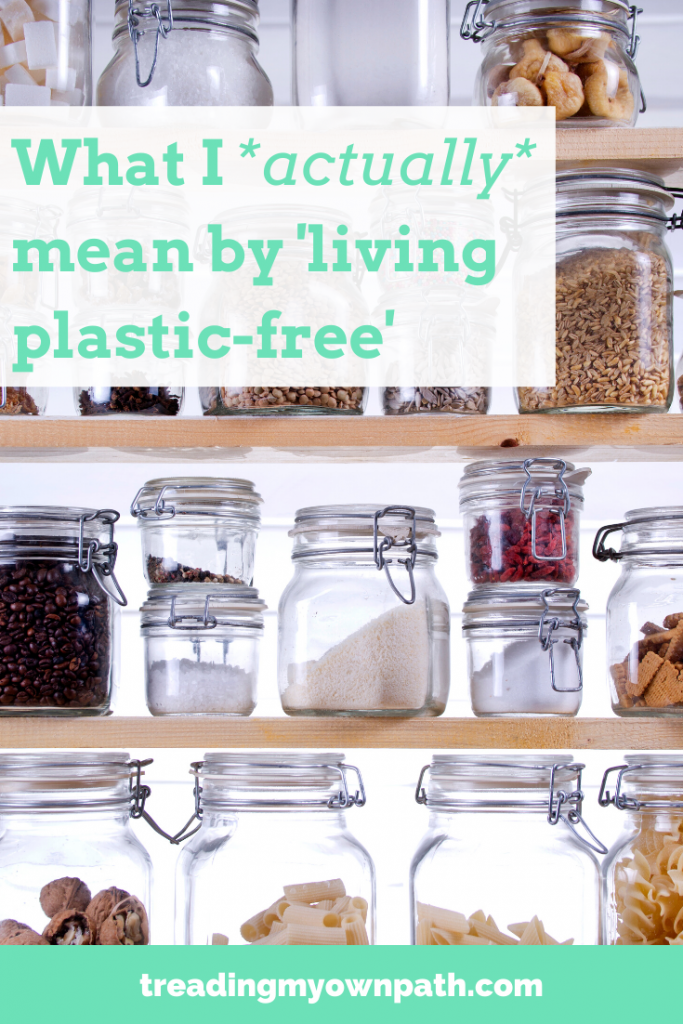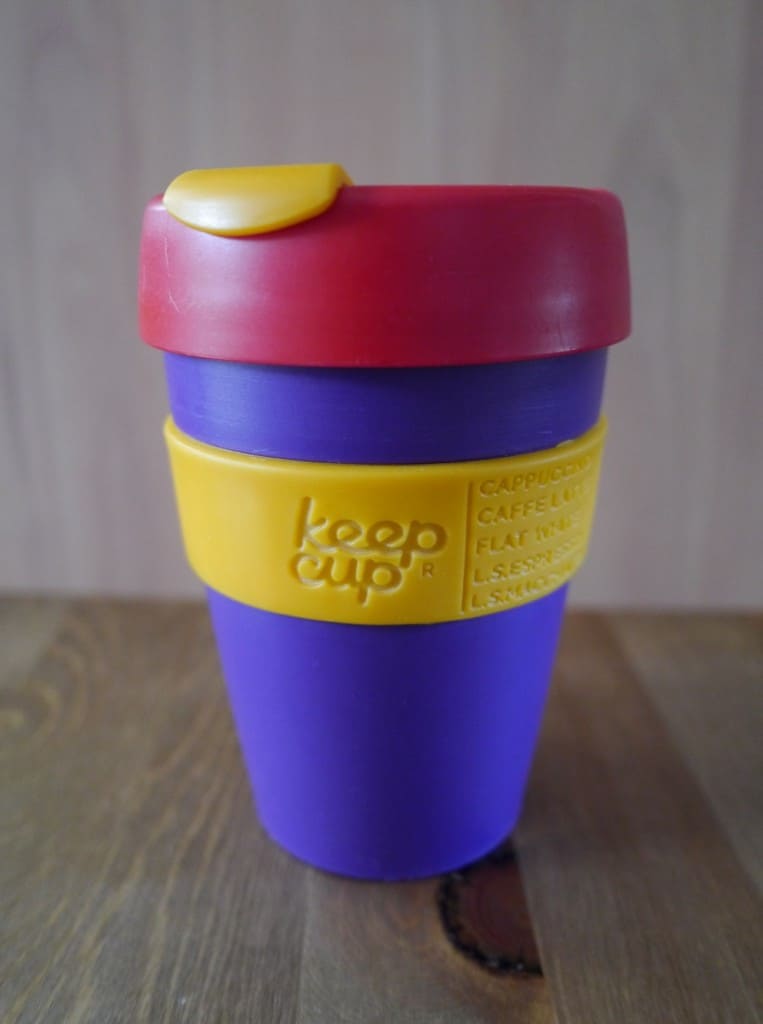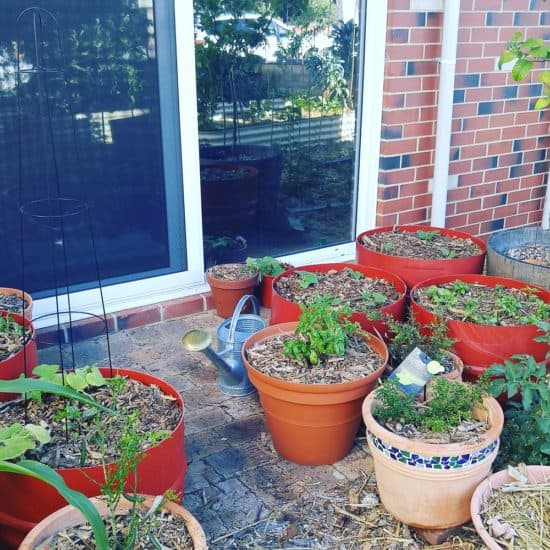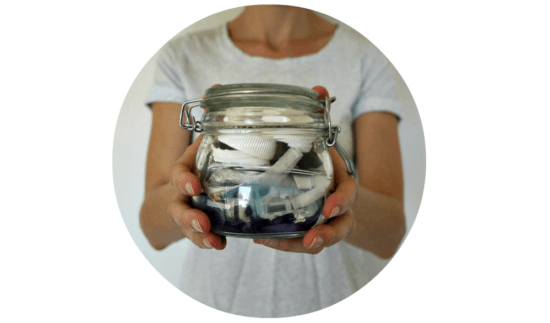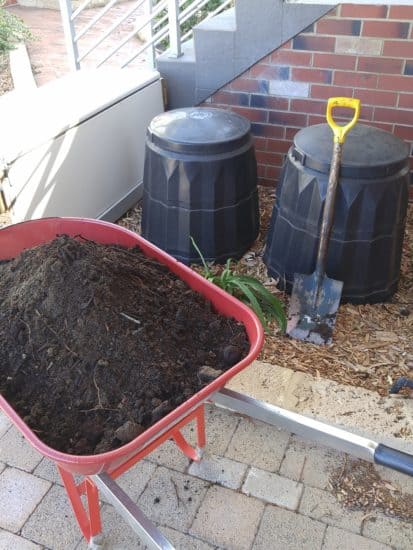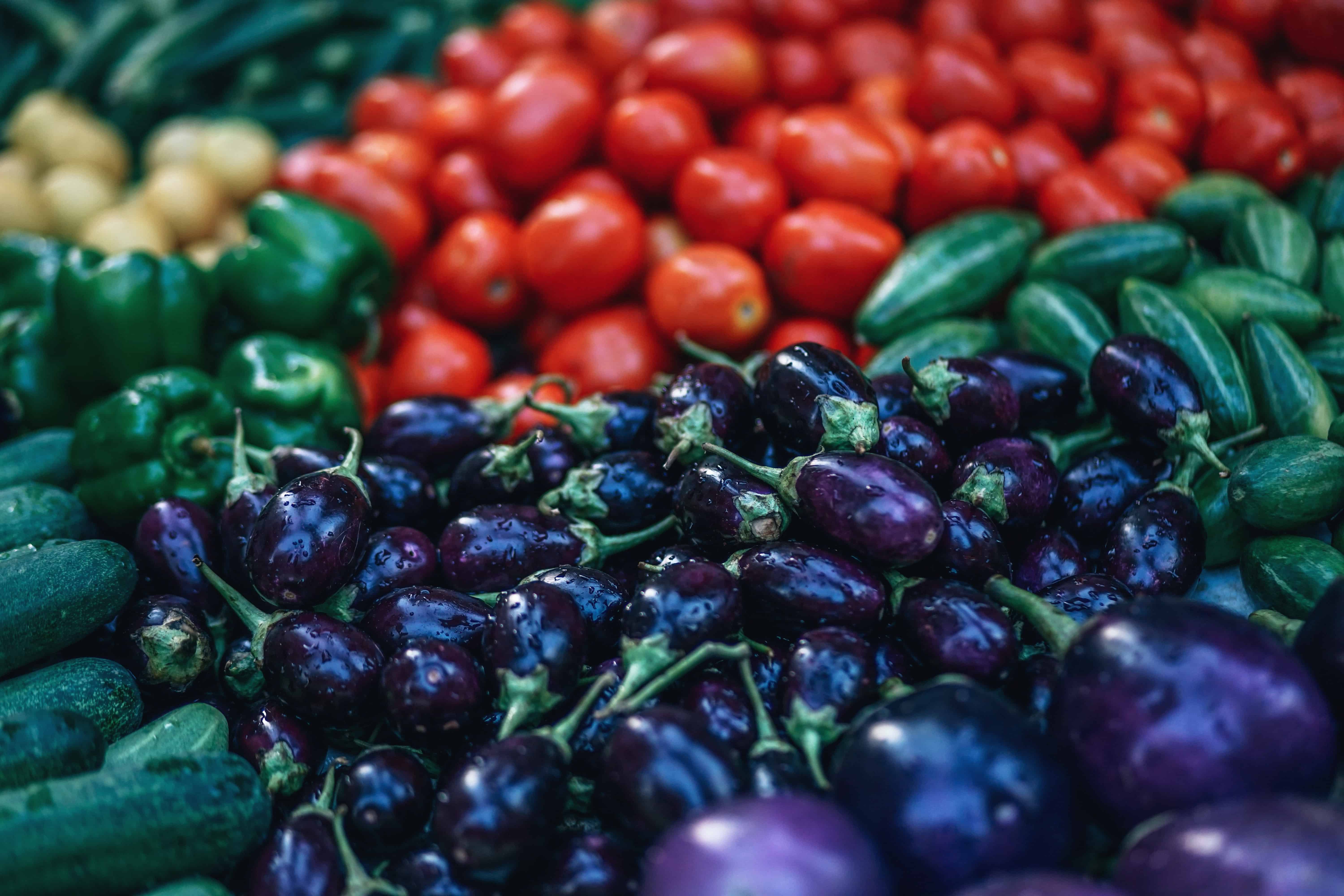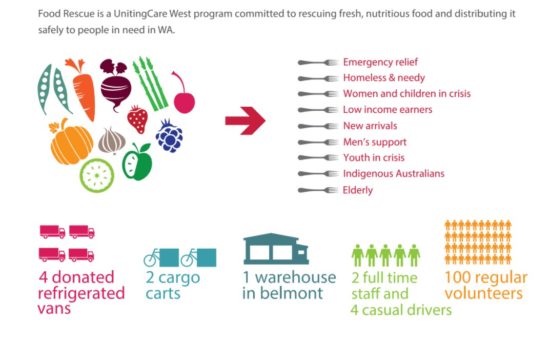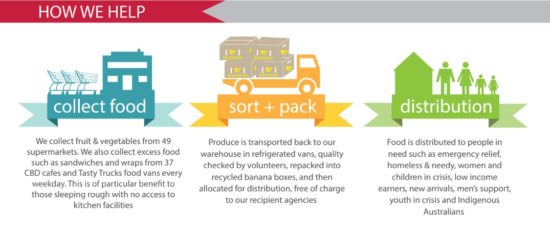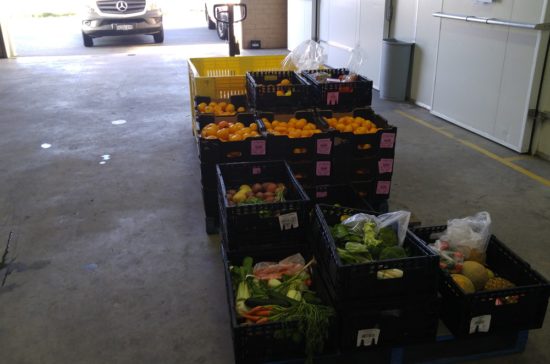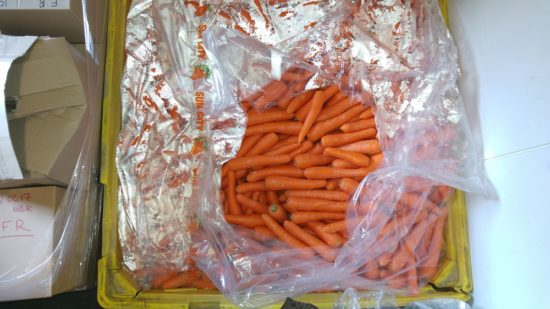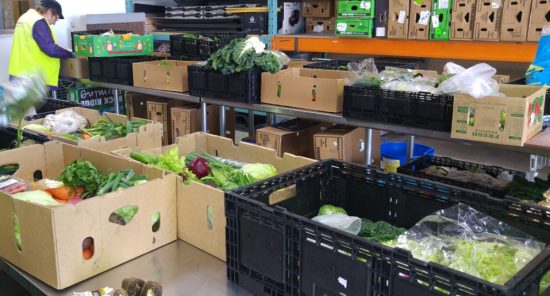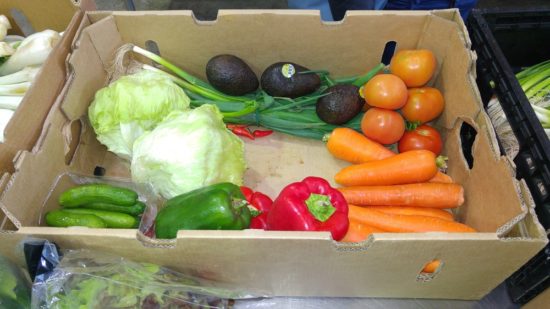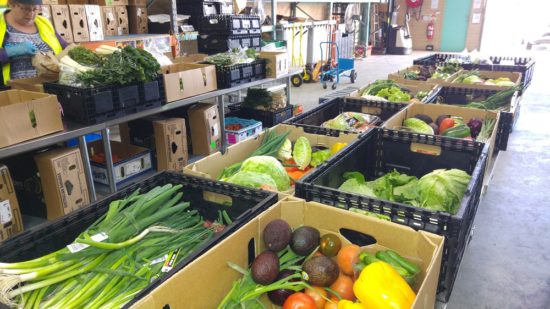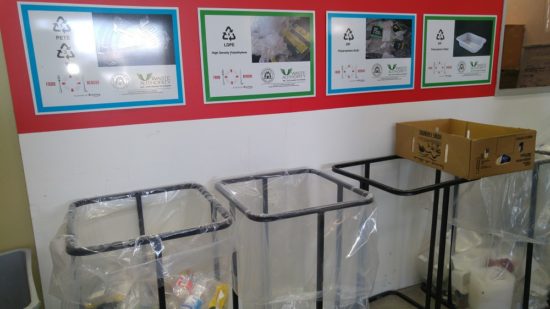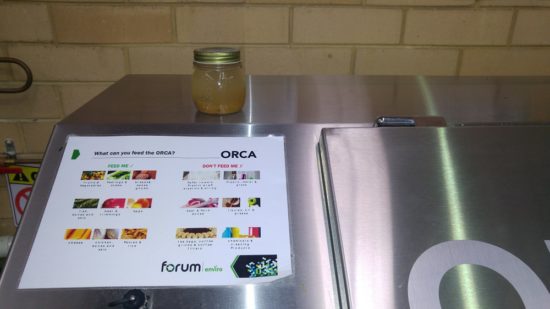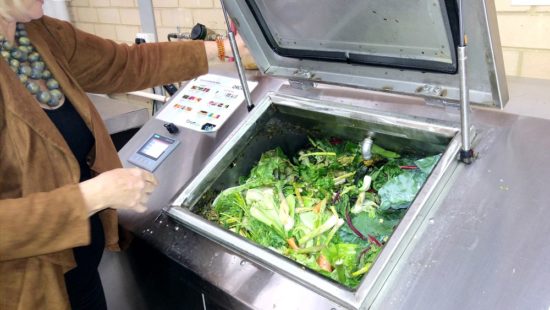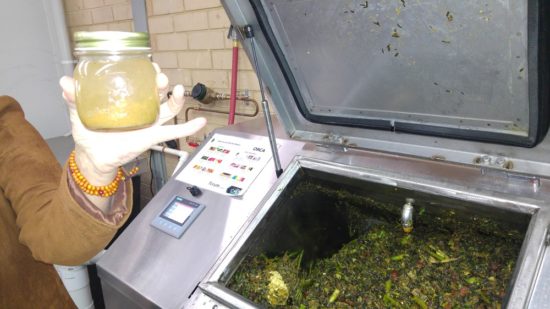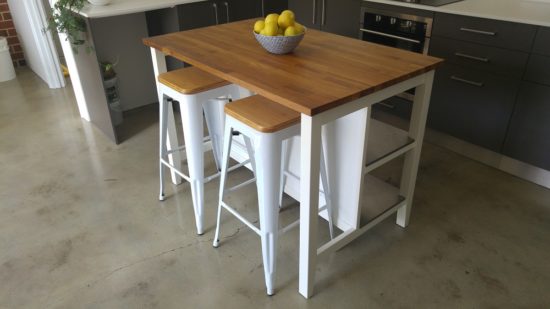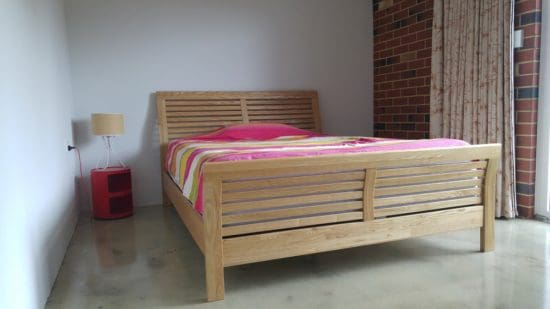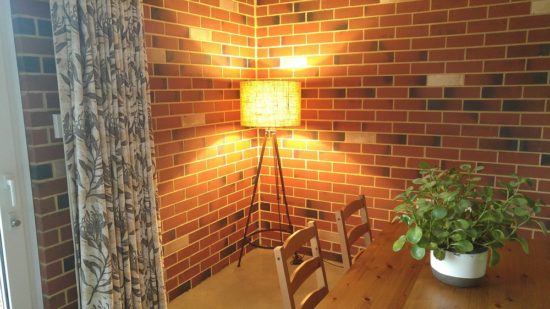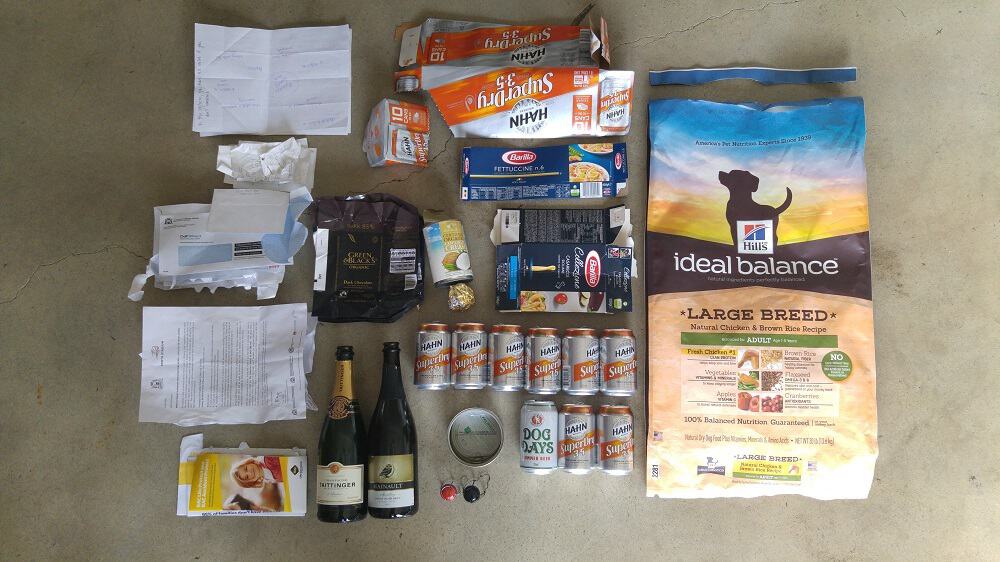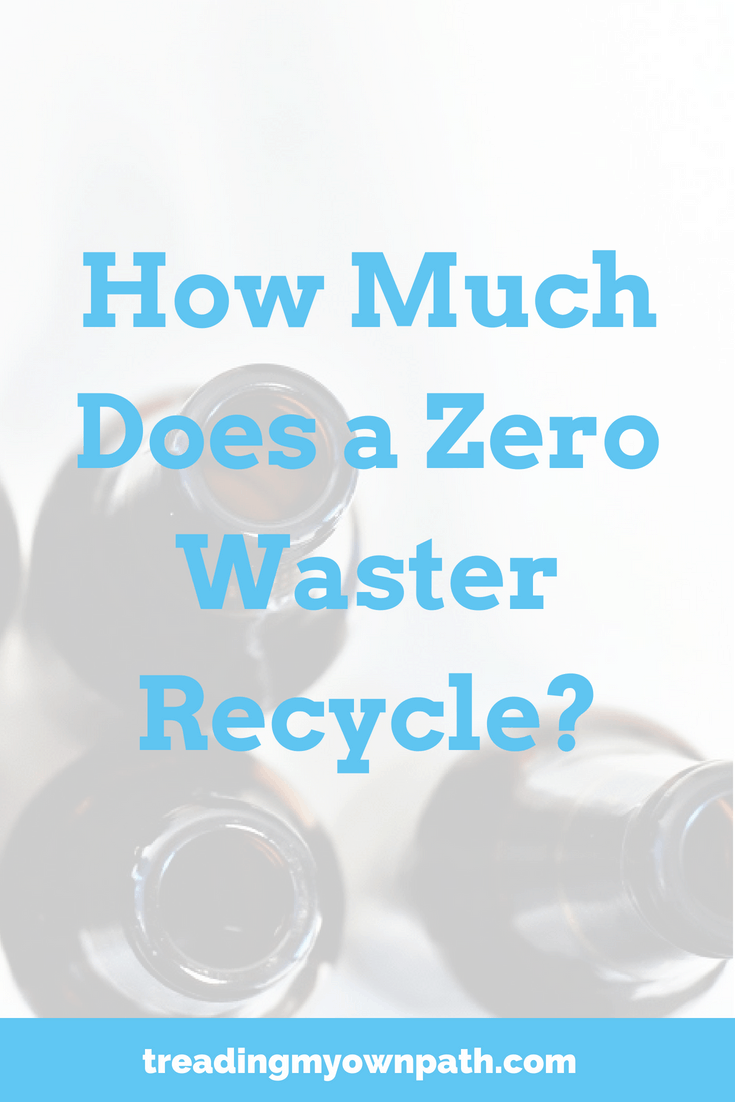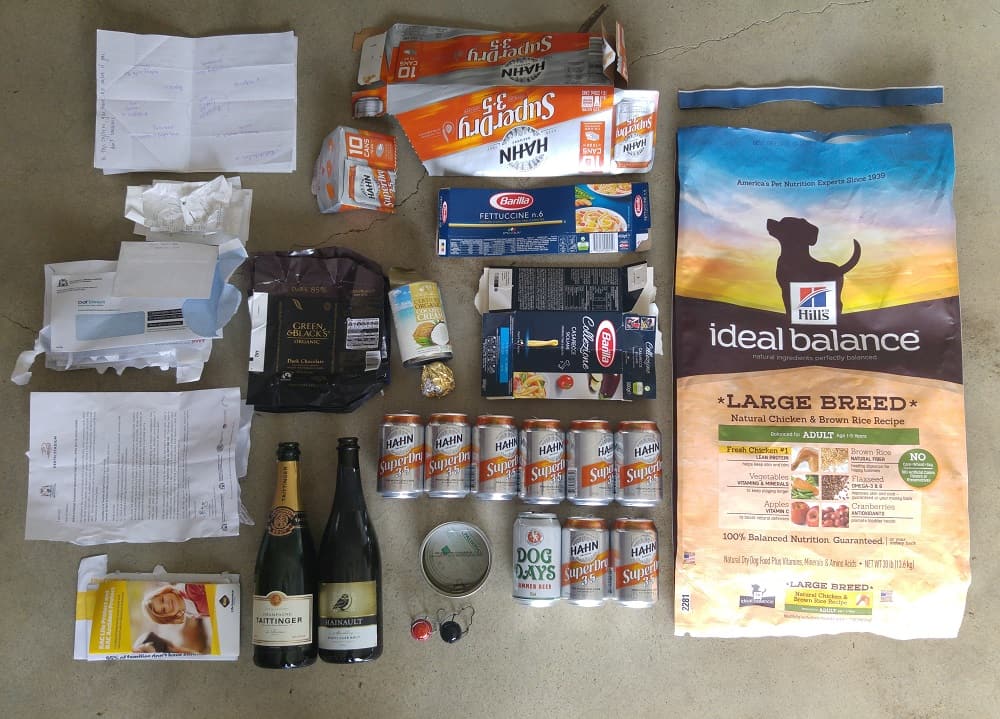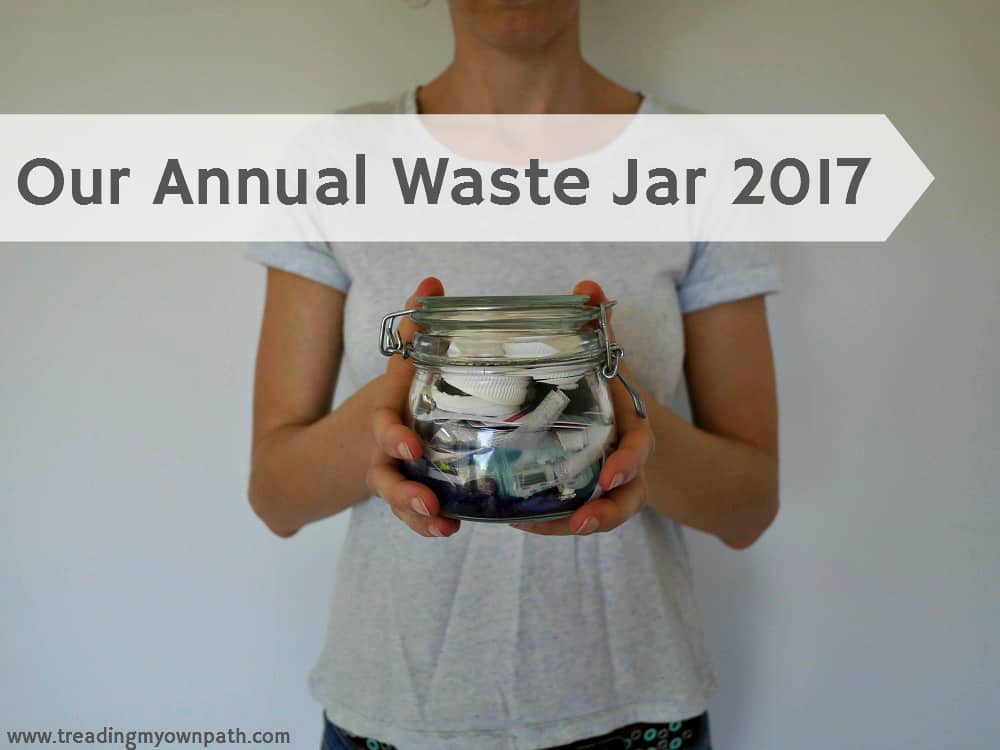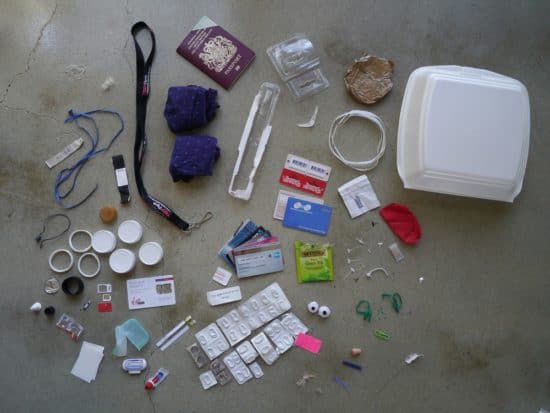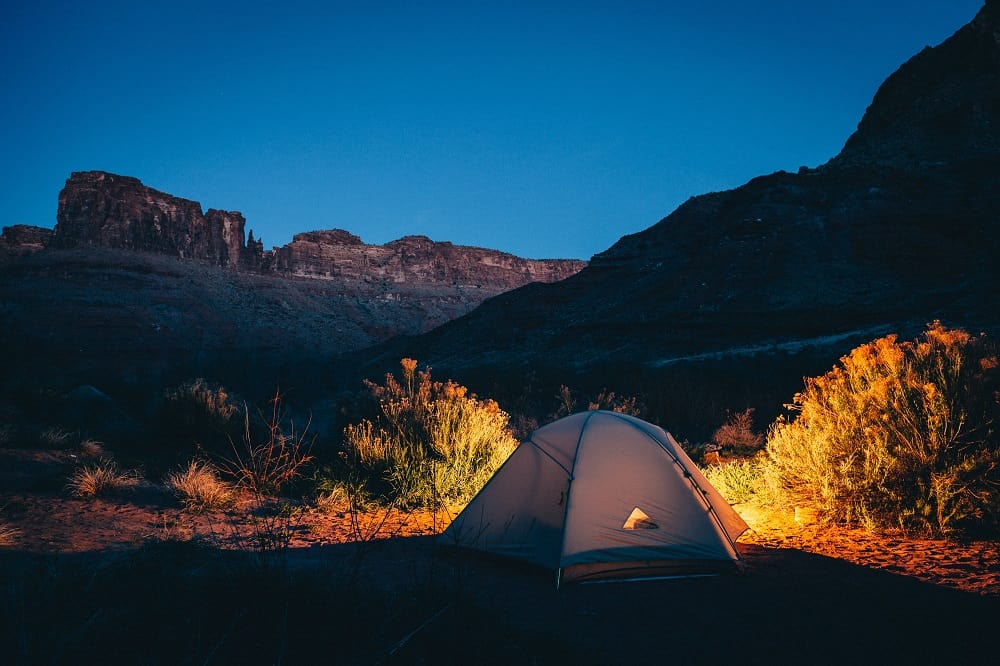How my zero waste habits have changed since Covid-19
The coronavirus pandemic has certainly changed a lot of things. From the things we are actually not/no longer allowed to do, to those habits we’ve been forced to rethink and then those we’ve decided to change, there seems to be very few aspects of daily life left untouched.
When it comes to zero waste, low waste and plastic-free living, it’s been interesting to me to see all of the changes. Some businesses have stepped up their game to ensure they continue to create less waste, others have had no choice but to soften their approach. The same goes for individuals and their habits.
I wanted to share how my own habits have changed (and stayed the same) since the pandemic arrived. We’ve all got different ways of dealing with things, and differing priorities, and it’s not to say that my way is the best way, nor am I encouraging you to do what I do. Depending where you live, it might not even be possible right now.
Zero waste – or low waste, at least – might not be a priority for everyone now, but it is still a priority for me. I think I’m hardwired to have heart palpitations at the thought of throwing something into landfill! Of course I’ve had to make changes and compromises (I think we all have, right?) but I’m still trying to navigate these choices whilst keeping my values in my heart.
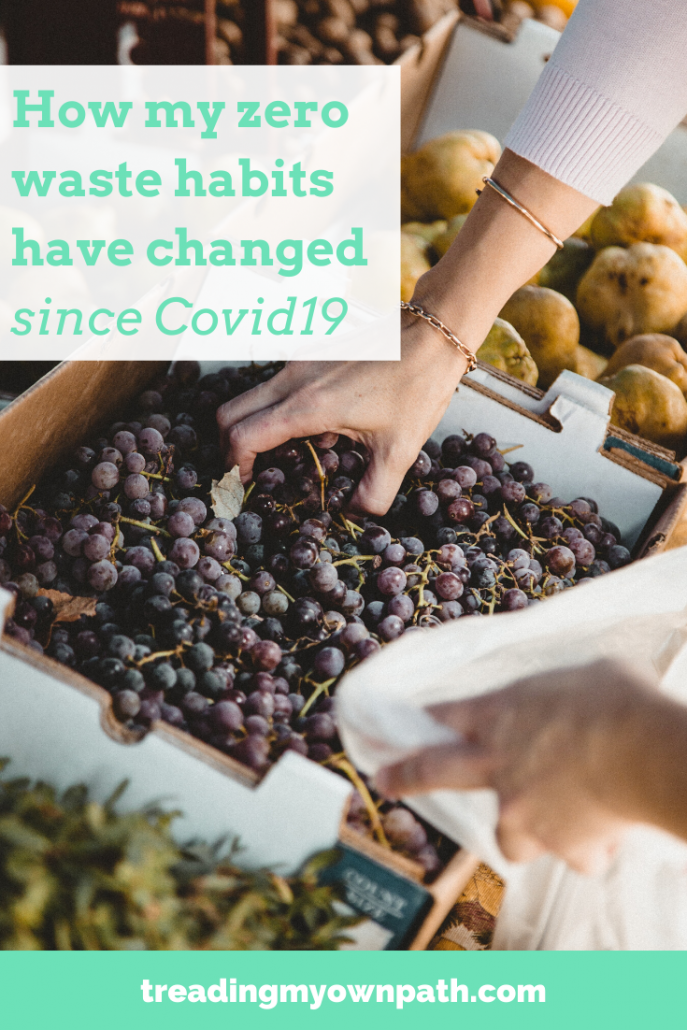
My zero waste habits that haven’t changed
Shopping at bulk stores
Most of the bulk stores here in Perth are still open, and many are still accepting BYO containers. (I heard of one that was ordered to stop by the council Health department, and I know of a few that have closed to customers and are offering a pick-up/collection service only).
I’ve been lucky to be able to head to my usual bulk store and stock up using my own jars. When the infection rate was at its peak I did use a collection service where I pre-ordered and picked up a few things in paper bags, but for the most part I’ve been able to buy my groceries packaging-free.

Getting (or not getting) takeaway
Personally, I see dine-in and takeaway as two different things. I dine-in when I want to take my time, enjoy the food and the company of the people I’m with. I get takeaway when I’m tired, it’s late and there’s nothing in the fridge. Because I refuse to buy takeaway in anything other than cardboard, my options are limited to pizza and (veg) burgers. Which aren’t things I want to eat particularly often.
Before Covid19, I’d maybe get breakfast, or coffee and a cake a couple of times a month, and maybe dinner with friends once or twice a month also. I’d probably eat takeaway pizza once or month or so (usually at the insistence of the person I live with). With the restaurants closed, I can’t dine out – but I don’t see takeaway as an equivalent. In my mind, they are very different things. Replacing dine-in with take-out doesn’t work for me.
Plus, with the fridge more full than it’s ever been, there’s no ‘there’s nothing in the fridge’ excuse. So my takeaway habit hasn’t changed. Pizza, once a month.
The sharing economy
You’ve probably heard me rave about the Buy Nothing project a million times – it’s a network of hyper-local community groups allowing people to swap and share rather than buy new. Many Buy Nothing groups have closed down temporarily due to the pandemic, however ours has remained open for requests and ‘essentials’ (I live in a lower socio-economic area, and sometimes our members need support of food and other items to make ends meet).
Fortunately, although ours is still operating on a limited basis, I’ve been able to connect with so many neighbours in the past that I have a fairly good network to be able to borrow, share and give outside of the group structure.
And so I borrowed a tarp from one neighbour for a soil delivery, got a sourdough starter from another neighbour (to make crumpets), and dropped off some excess spinach plants for a third neighbour.
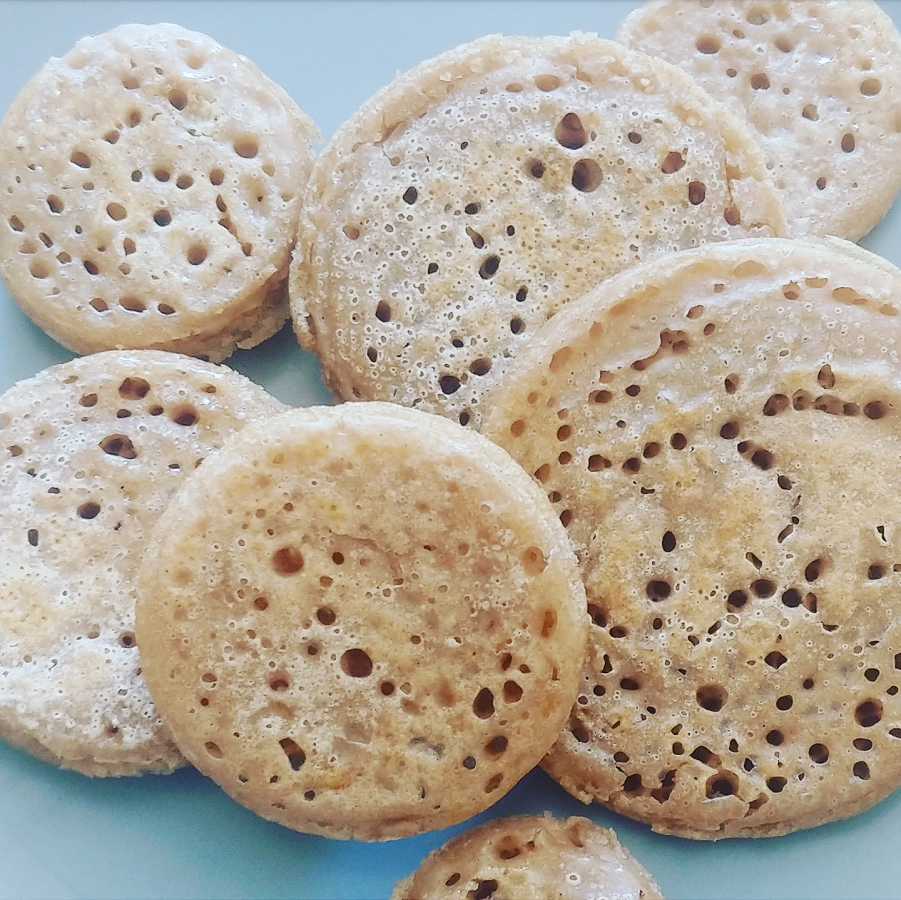
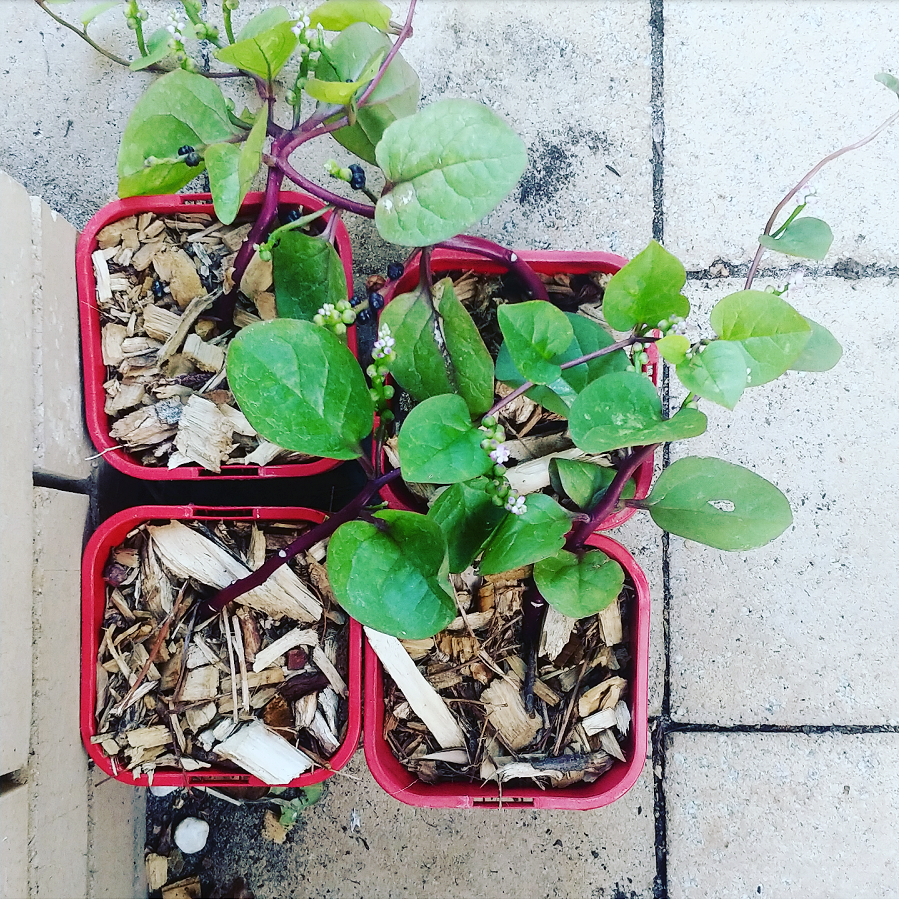
If there’s one thing I miss most during this lockdown, it’s my community. Normally there is so much swapping, sharing and banter, and I sorely miss it. I’m grateful that our community is still ticking along and connection is still possible, even though this is not a patch on what is was.
My zero waste compromises for Covid19
Buying new stuff
Well, so far I’ve purchased one new thing – but it broke pretty much all-the-rules that I follow. I needed a cable to connect my monitor to my laptop. For the past two years I’ve been using a cable borrowed from a friend, who had always said it was a long-term loan and he might need it back. Well, working from home came around and he needed it back.
I tried Buy Nothing, but no-one had a spare. I couldn’t find a local computer store. I didn’t want to just head to the mall on the off-chance – and I was conscious that office supplies were selling out as so many people were starting to work from home.
So I used click-and-collect – something I never do. I like to support local stores who don’t have these services, avoid big chain stores, and ideally find stuff second hand. This wasn’t an option either, and so I went to the big-chain store to receive my cable – all ready-packaged in a plastic bag.
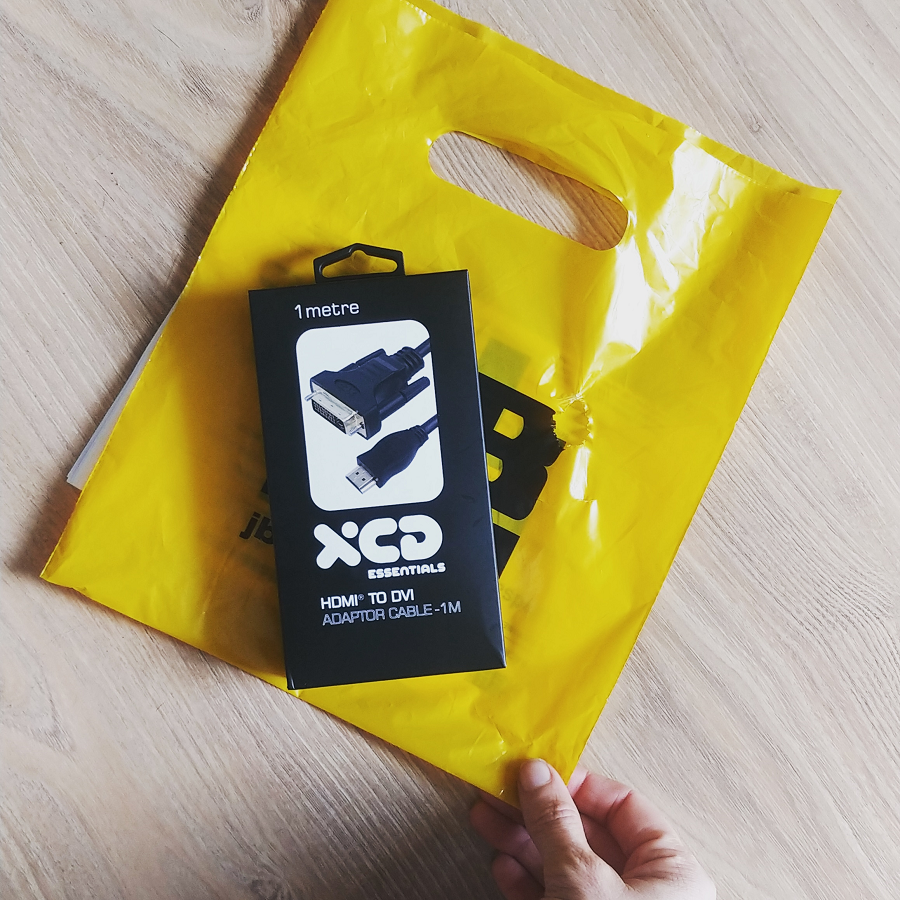
I did think about kicking up a fuss and returning the plastic bag, but this was when uncertainty around Covd19 was at its peak and I didn’t want to stress the store guy out any more than he probably already was. Plus I assumed they wouldn’t reuse the bag anyway.
So I sucked it up and took my first plastic bag home in about 7 years.
(I photographed the moment for prosperity, and I’ll take the bag to Redcycle for recycling.)
I haven’t needed to buy anything else, although I dearly want a mortar and pestle (I currently try to flatten my coriander seed with a knife, because my food processor is not up to the job)… but I’m holding out.
Buying items in (home) compostable packaging
My personal low-waste rule is to avoid as much packaging as possible. I’m not perfect, but I always try to bring my own jars/bags/containers, and dine-in rather than get takeaway. Or go without.
It’s easy to go without when there are other options, but when these are taken away, your choices are very limited.
I’ve loosened my rules to include completely compostable and biodegradable packaging. Which means I can now buy ice-cream from the local gelateria – they use compostable sugarcane containers, which successfully break down in my compost bin.
I’ve hardly gone nuts – I think I’ve used about 6 in the last two months. I really believe that the zero waste movement is about using less packaging and embracing reusables and returnables, not just switching the material of single use packaging.
As soon as reusables and dining-in is allowed, I’m tightening up my rules. Until then, I will enjoy ice-cream.
Some zero waste wins
Takeaway coffee
I rarely buy takeaway coffee (I prefer to dine in, or make my own at home – I have an excellent manual press and stovetop steamer that makes amazing coffee). Personally, using disposable cups for anything other than a life-threatening emergency is a no for me. I just can’t do it!
I’ve noticed a few people on various zero waste groups about the place saying that they are happy to use disposable cups to support their local cafes. Whilst I like the sentiment, this is somewhere I’m not willing to compromise – and I really don’t think that my buying a $4 coffee once in a blue moon is going to keep a cafe (that’s had to close its entire restaurant down) afloat.
But after settling on my choice, I discovered that cafe closest to me is offering a returnable refillable cup service run by Renome – reusable cups that you pay a deposit for, and return for cleaning once you’re done (if you want a refill, you simply return your cup to the box, and are served with a freshly cleaned one).
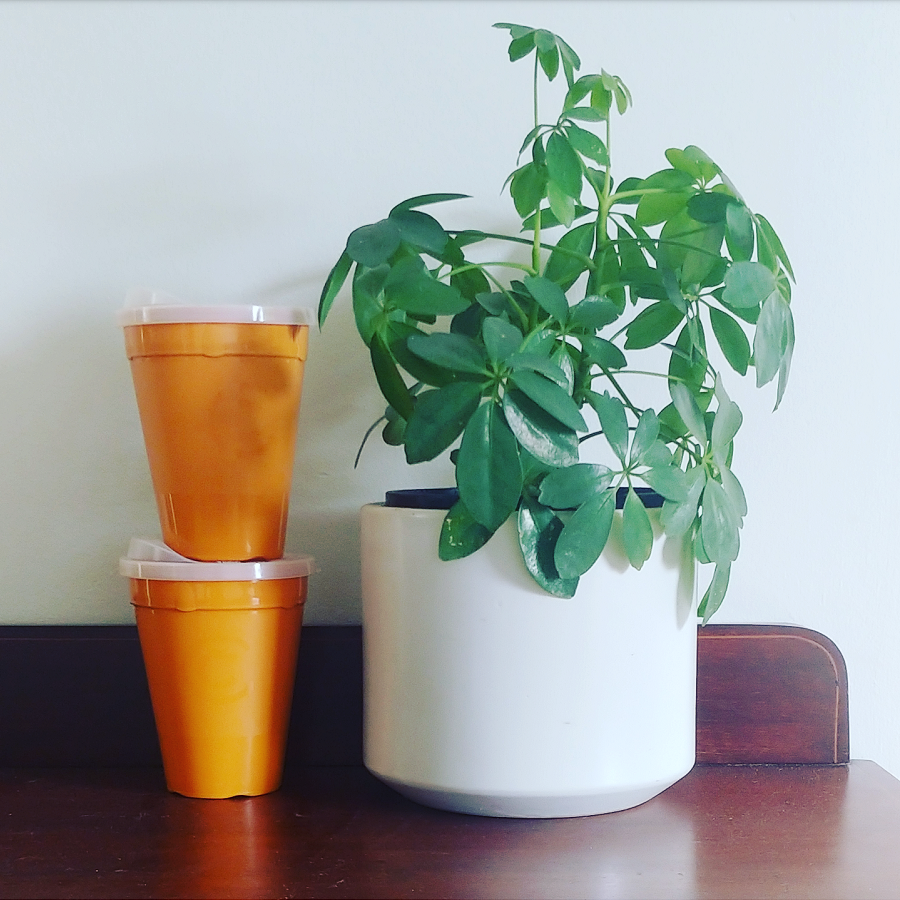
Now this is something I can get behind.
The scheme has existed for a while, but until now I had no reason to use it. The great thing is that the cup is ultimately refundable, so I don’t need to ensure I use it 17 times (which is the case with a plastic KeepCup) to offset the carbon footprint. As long as the cup is used that many times, it doesn’t matter by who. And it’s not more ‘stuff’.
(There are a handful of cafes around Perth actually still accepting KeepCups, but none close to me.)
Supporting local
I think all of us feel a real draw towards supporting local businesses in these times. I don’t have the budget to suddenly start ordering takeaway every day (plus the packaging would give me heart palpitations, and I don’t think my arteries would be too pleased either).
I only buy ‘stuff’ that I need, which isn’t much stuff, and I’m not going to suddenly start shopping for ‘things’.
What I have been able to do is to support local food producers. I’ve been ordering extra in my local veg box (which I’m thankful that I already used, as a lot of these schemes have closed to new customers after a surge in demand).
I found an amazing mushroom grower – The Mushroom Guys – that usually supplies to restaurants, but with the lockdown has turned to selling mushroom boxes to customers. And they are things of beauty.
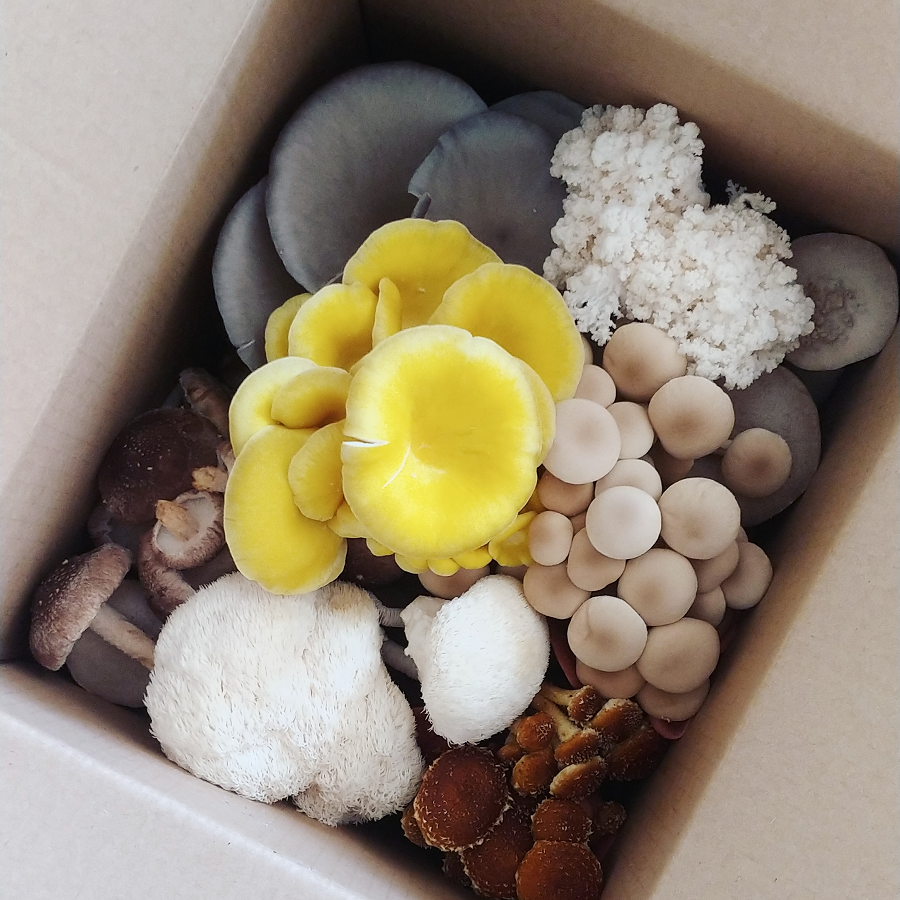
(I have a bit of a weakness for mushrooms and it’s one of my goals to eventually have a setup where I grow my own.)
A friend sells microgreens and I started a weekly order with him.
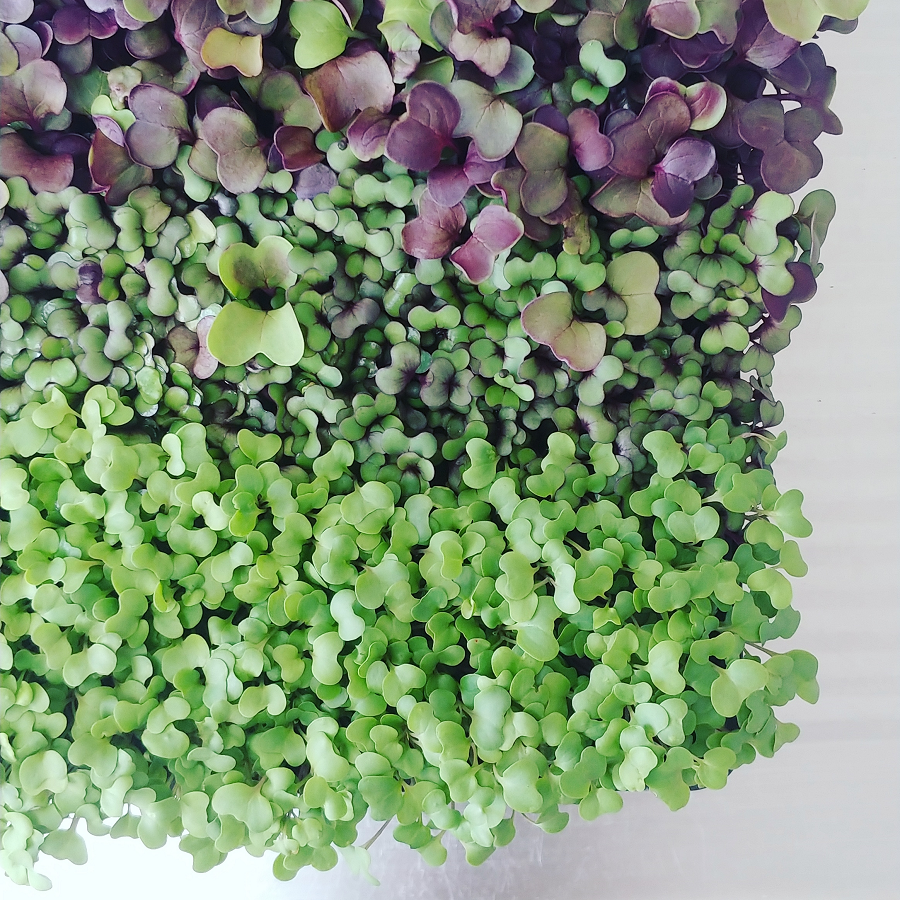
It’s meant my grocery spend has gone up, but as there is no spend on eating anywhere else, and as it’s a short-term thing, I’m happy to support local growers and have fresh food delivered to my door.
I’m lucky to have the option, and I’m taking it.
Some zero waste misses
Sneaky plastic
Oh, the sneaky plastic! Yep, I’ve been caught out with this a few times. When you shop at the same places and buy the same things you learn how to avoid the sneaky plastic, but when you’re going to unfamiliar places or buying different stuff, it happens.
A local cafe started stocking bread from a bakery and I placed an order only to find it came in a plastic bag. I asked for bulk risotto rice with my veg box (they run a bulk store also) and got a shiny plastic packet of the stuff instead.
It makes me more aware for next time – sometimes I forget that this is how most places do things!
Can you be zero waste during Covid19?
In Australia, so far things have not gotten as bad as they have in other places, and restrictions have not been quite as tight. We’ve been lucky, and hopefully we will remain this way. I’ve been able to shop at the bulk store and use reusables, and loosen my rules a little to allow for a little fun (or ice-cream, as it’s also called).
I know not everyone has been as fortunate. It helps that my day-to-day routines have not been disrupted too much – I regularly work from home, and I don’t have to navigate homeschooling.
This isn’t a competition. I just wanted to share how I’ve been navigating the choices, and what my experience has been. I’m sure yours has been very different. The thing I’m most sure about, is that whatever your current situation is, whatever you’re having to do to get by, it doesn’t not mean the end for zero waste.
We’ll get through this, and I think our resolve will be stronger for it. Right now, staying safe is the most important thing of all.
Now I’d love to hear from you! How has the pandemic changed your low waste habits? What has stayed the same for you? What things have you been forced to change, and what things have you chosen to change? Have your priorities shifted, and how? There’s no wrong answers and I’d love to hear about your experiences and get your perspective on this, so please share in the comments below!

